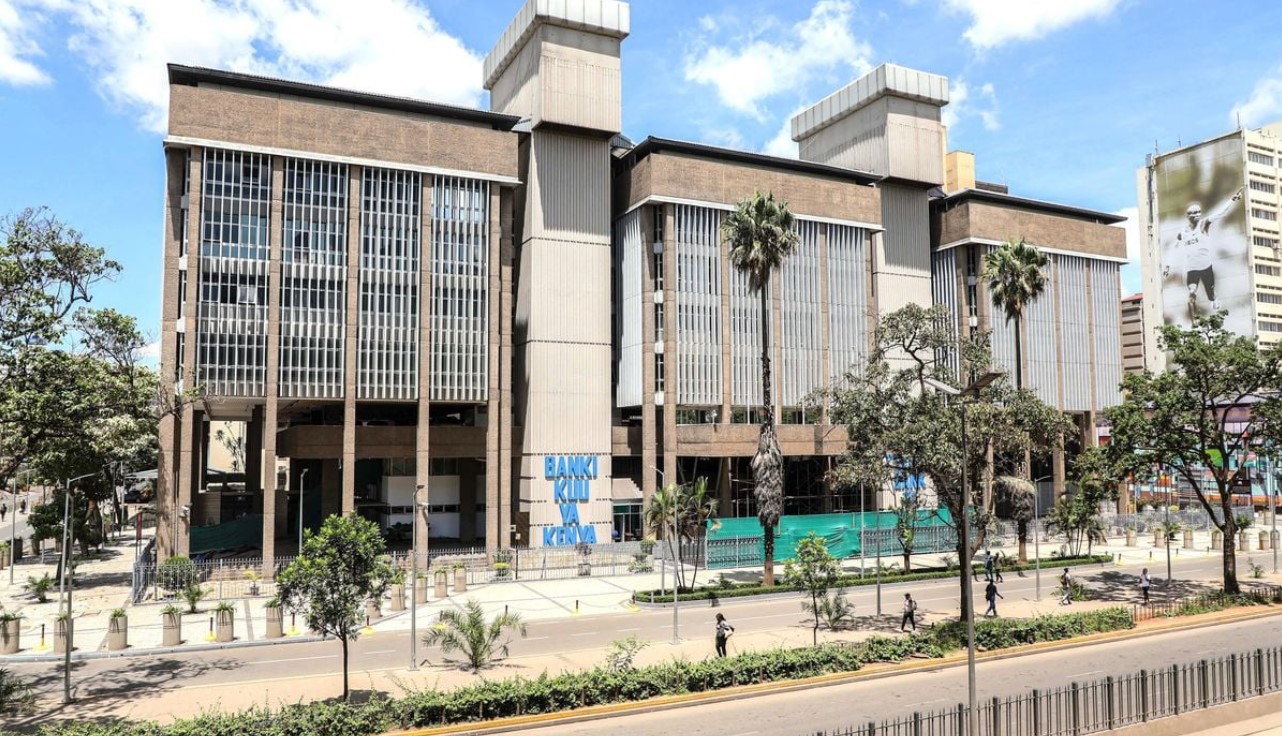Kenyan banks’ asset value declines for first time in 23 years

The Kenya Bankers Association (KBA) linked the latest decline to challenging economic conditions and an unstable macroeconomic environment.
For the first time in 23 years, the total value of assets held by Kenya’s commercial banks declined, falling 1.6 per cent in 2024 to Sh7.6 trillion.
This reversal follows more than two decades of continuous growth, which began in 2002 when assets rose 4.9 per cent to Sh456.7 billion.
More To Read
- Kenyan banks pay Sh194.8 billion in taxes despite slower growth, high costs - report
- Banks remit Sh194.81 billion in taxes as KBA calls for review of PAYE to boost purchasing power
- Lecturers' strike deepens as talks between university unions, government collapse
- Learning across public universities paralysed as striking lecturers vow to stay put
- Banks urge CBK to cut base rate to spur private sector lending
- CBK threatens daily penalties as eight banks defy lending rate cuts
Historical records indicate that the only other contraction since 2001 occurred that year, when industry assets dropped 2.3 per cent to Sh425 billion, largely because of the liquidation of Trust Bank.
The Kenya Bankers Association (KBA) linked the latest decline to challenging economic conditions and an unstable macroeconomic environment.
“The contraction was more pronounced among large and medium-sized banks. Banks, which hold a dominant share of industry assets, saw their total assets shrink by 3.5 per cent to Sh5.7 trillion, while medium-sized banks experienced a steeper decline of 17.4 per cent,” KBA said.
Small banks, however, were the only segment to register growth, expanding their asset base to Sh576 billion.
According to KBA, this reflects a strategy of focusing on niche markets as a core business approach.
The Central Bank of Kenya (CBK) had earlier explained that the decline in the sector’s total assets was caused by reductions in loans and advances by Sh160.3 billion, placements by Sh103.9 billion, other assets by Sh1.2 billion, and balances held at the central bank by Sh1.1 billion.
Loans and advances as a share of total assets dropped to 48.1 per cent last year from 49.4 per cent in 2023, while investments in government securities climbed to 27.8 per cent, suggesting banks were taking a more cautious approach to risk.
Net loans and advances decreased to Sh4.1 trillion from Sh4.2 trillion in 2023, while deposit growth slowed sharply to 1.23 per cent from 15.1 per cent the previous year, ending 2024 at Sh5.81 trillion.
KBA noted that the persistently high level of credit risk contributed to the cautious lending stance, as banks prioritised improving asset quality over expanding loans aggressively. The gross ratio of non-performing loans to total loans was 16.4 per cent in December, slightly down from 16.5 per cent in October and 16.7 percent in September, but still near a two-decade high.
High borrowing costs for individuals and businesses were identified as the main driver of elevated default levels. In response, CBK has reduced its benchmark rate seven times since August 2024, lowering it by 3.5 percentage points from a peak of 13 percent to 9.5 percent earlier this month.
Top Stories Today












































